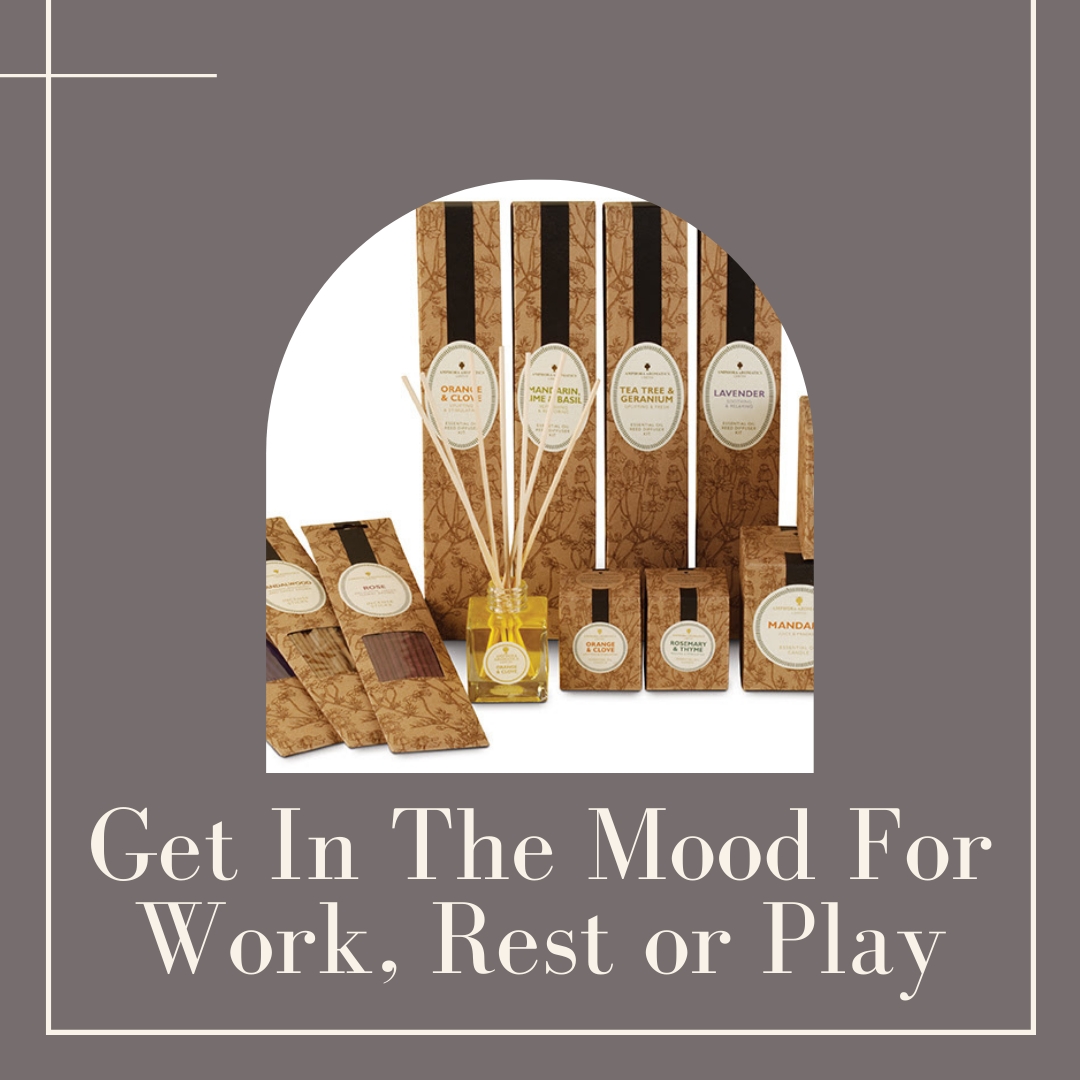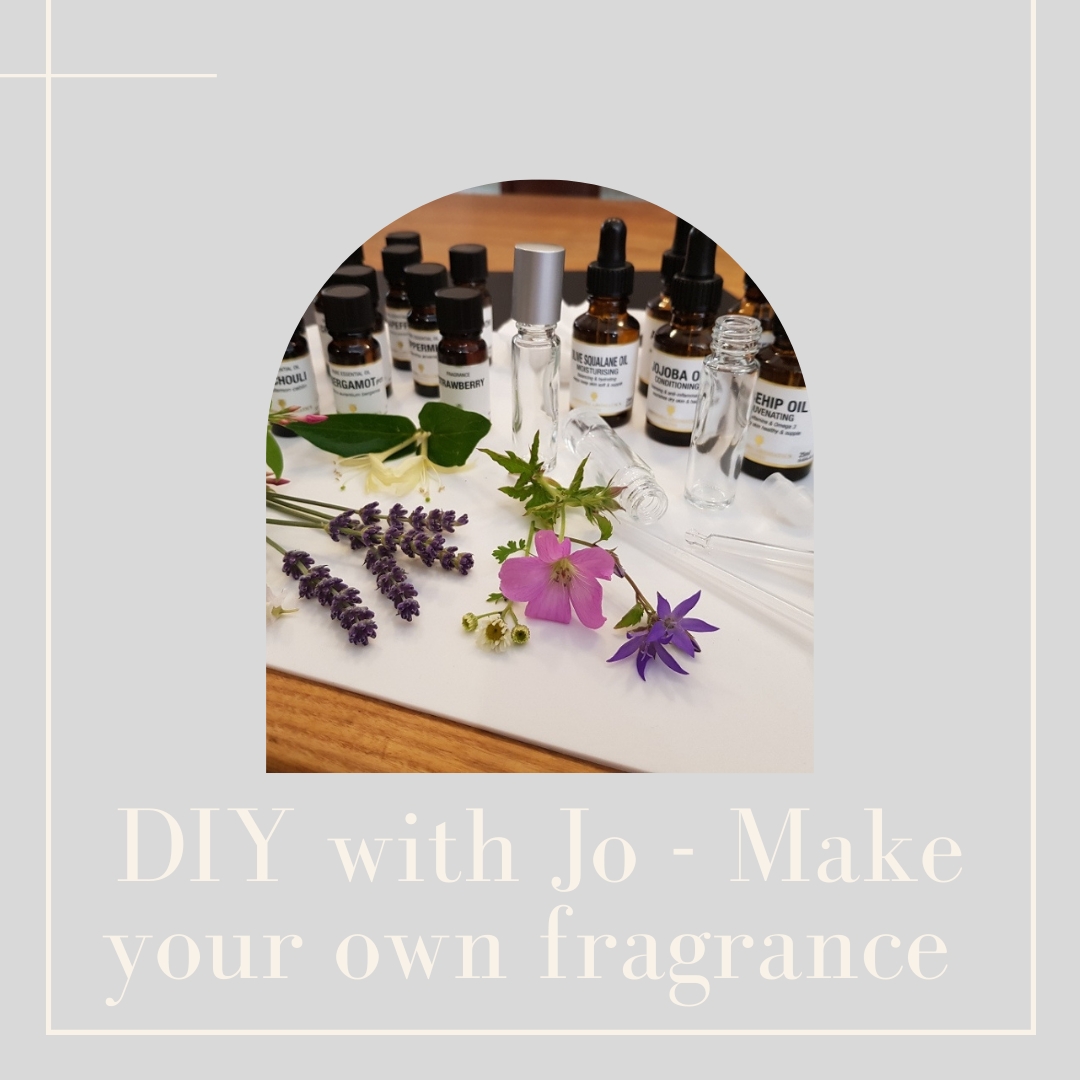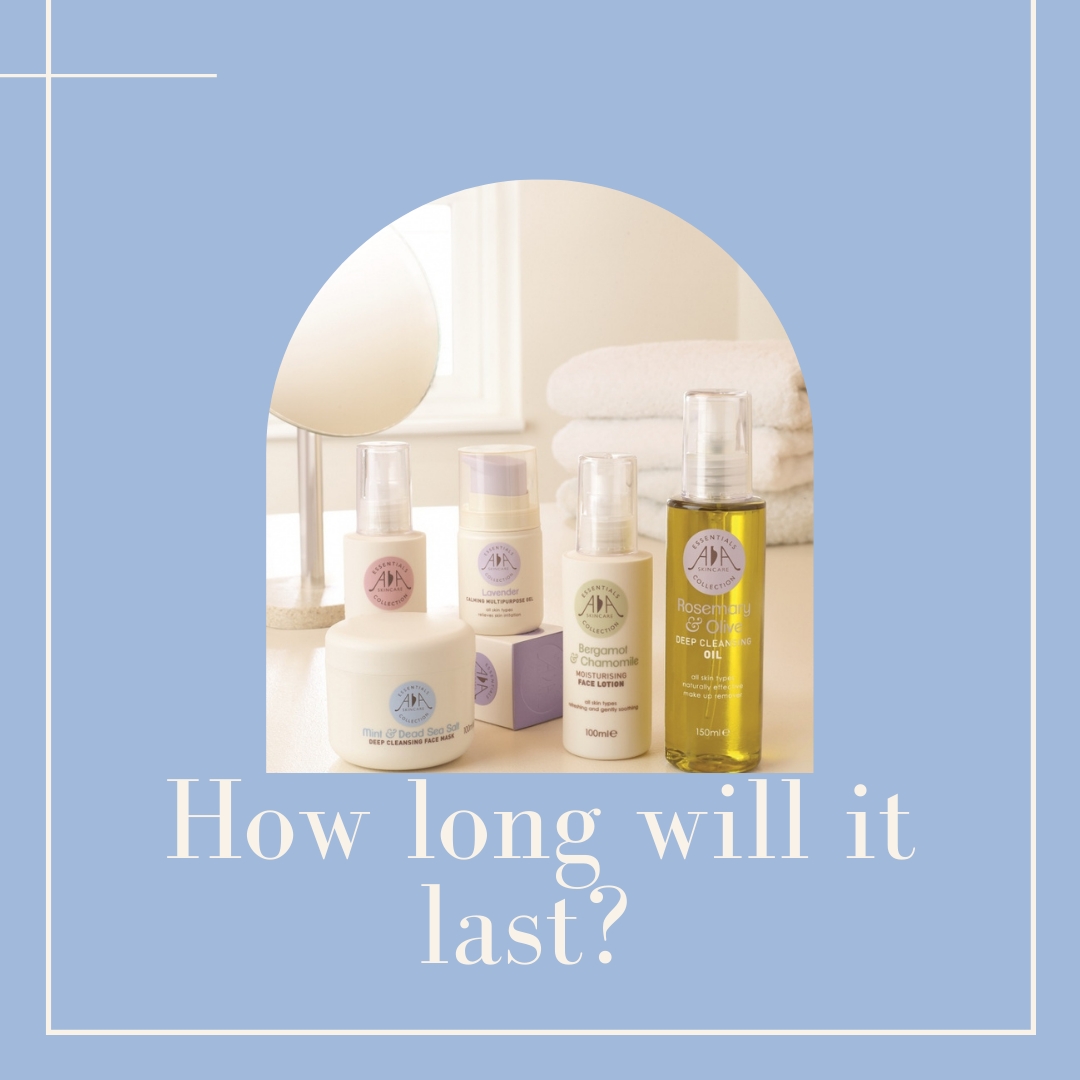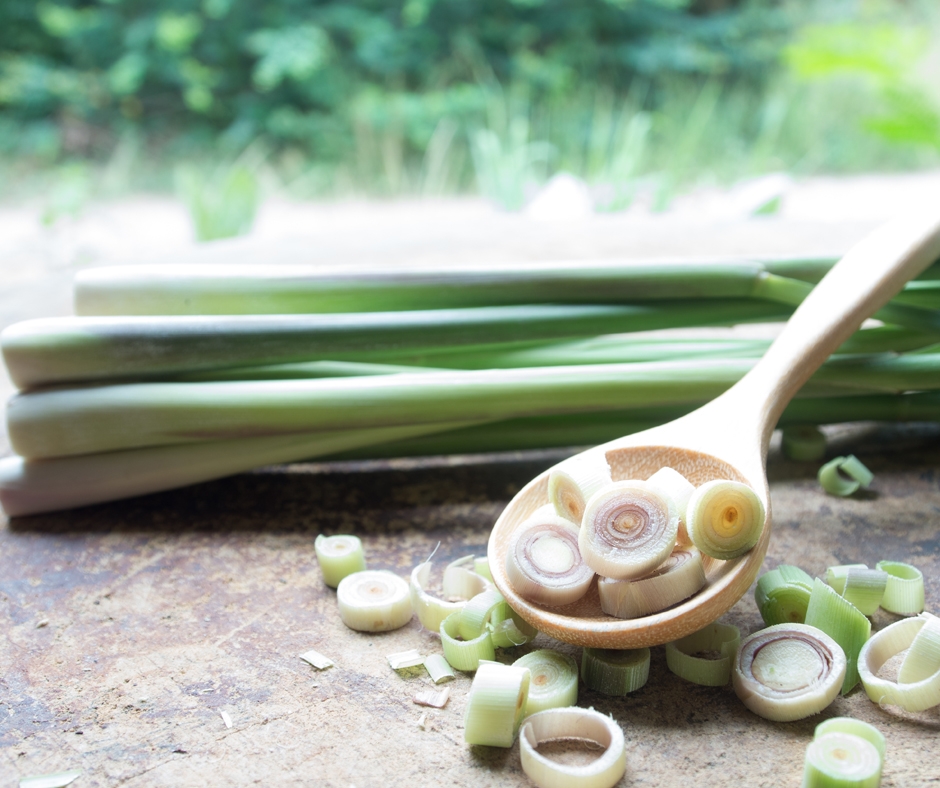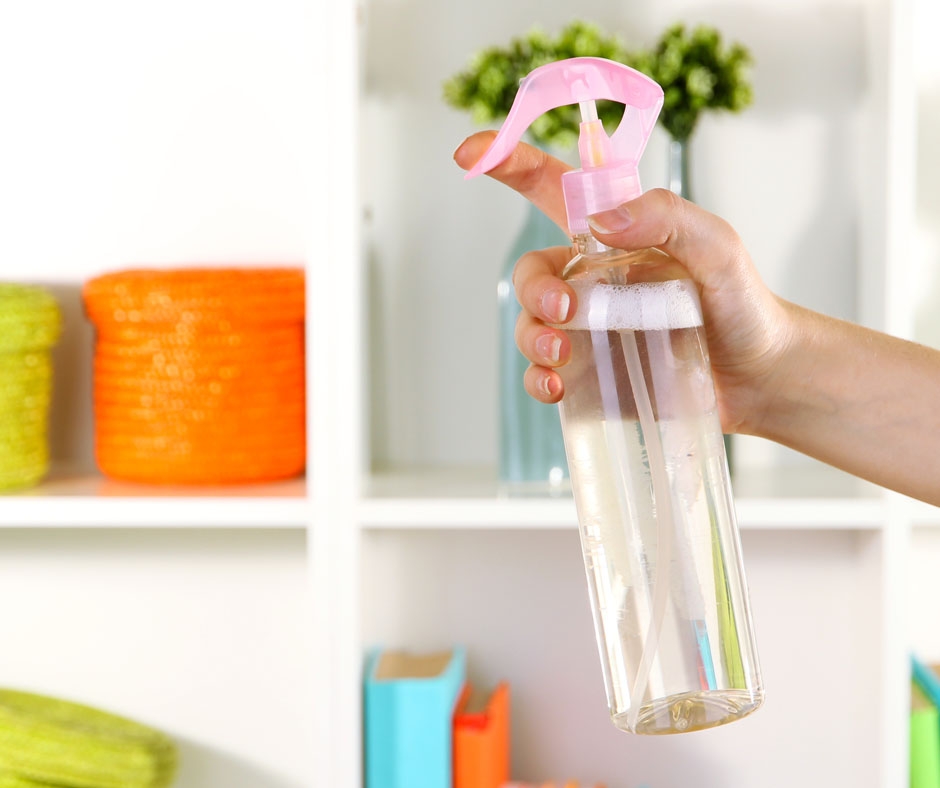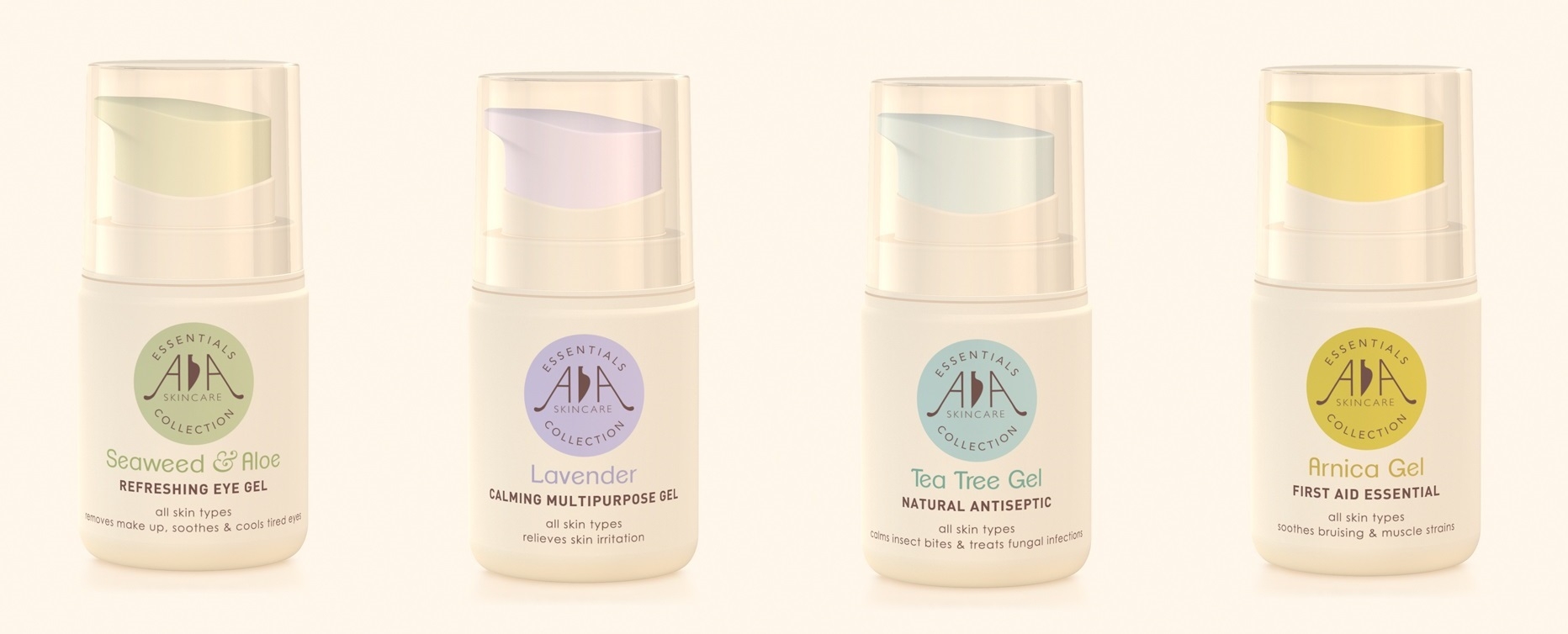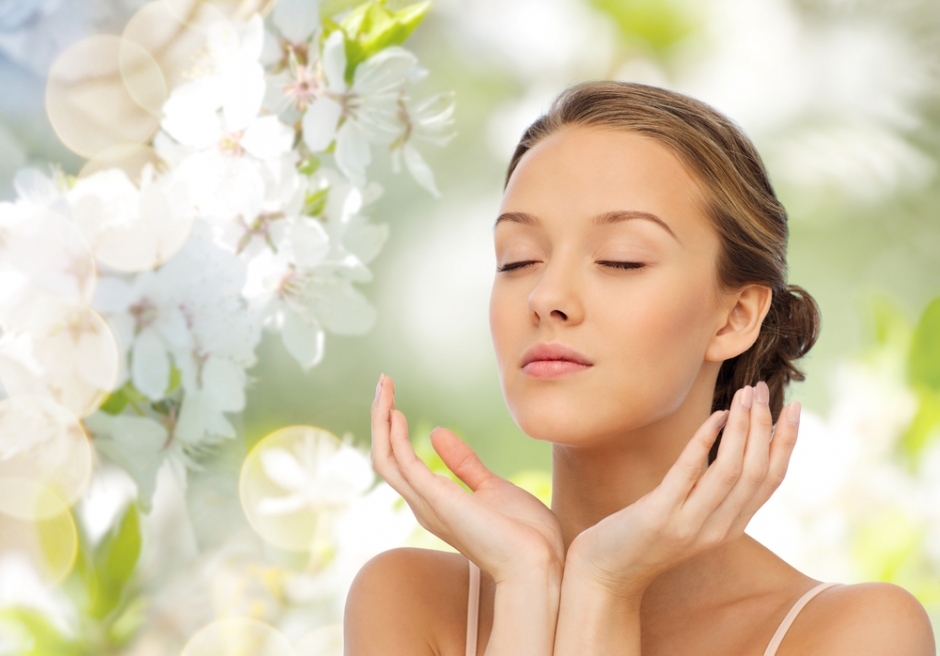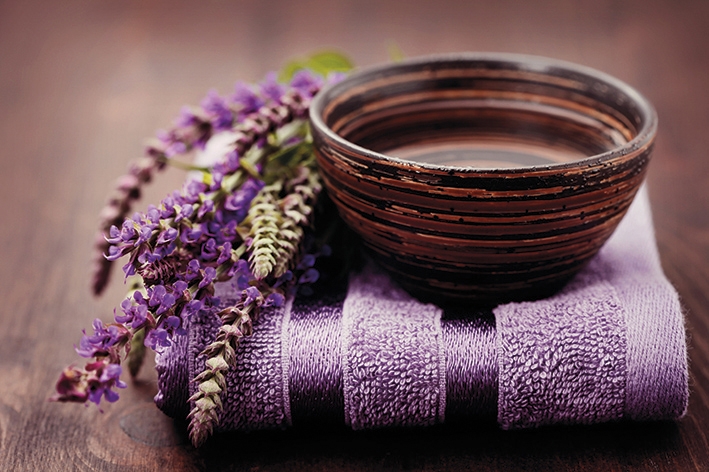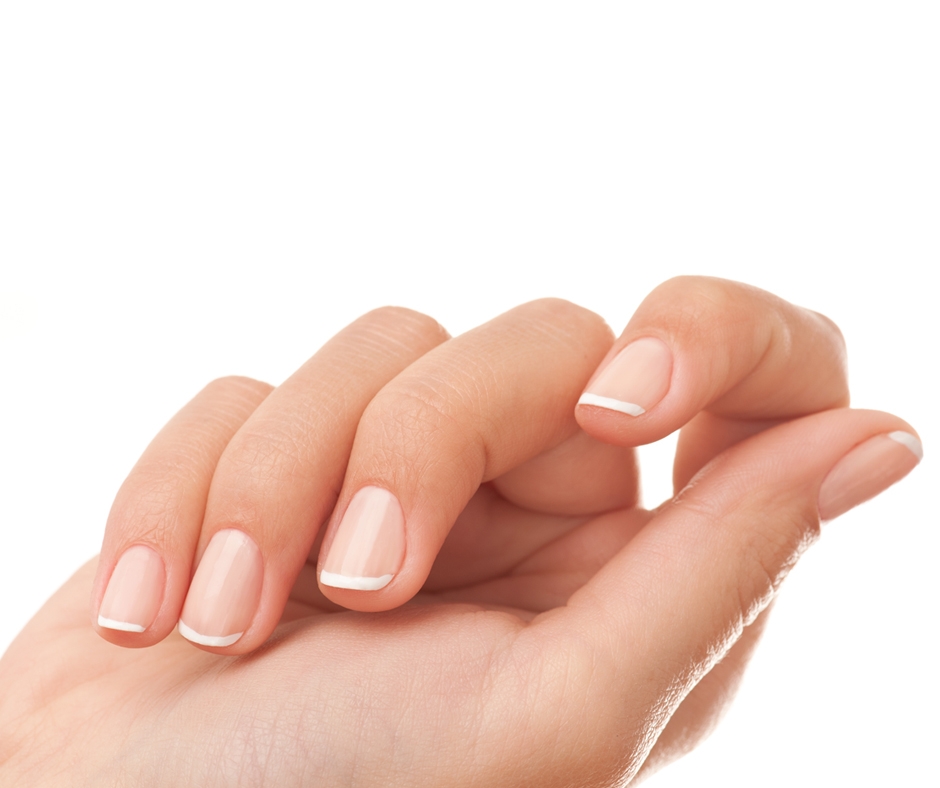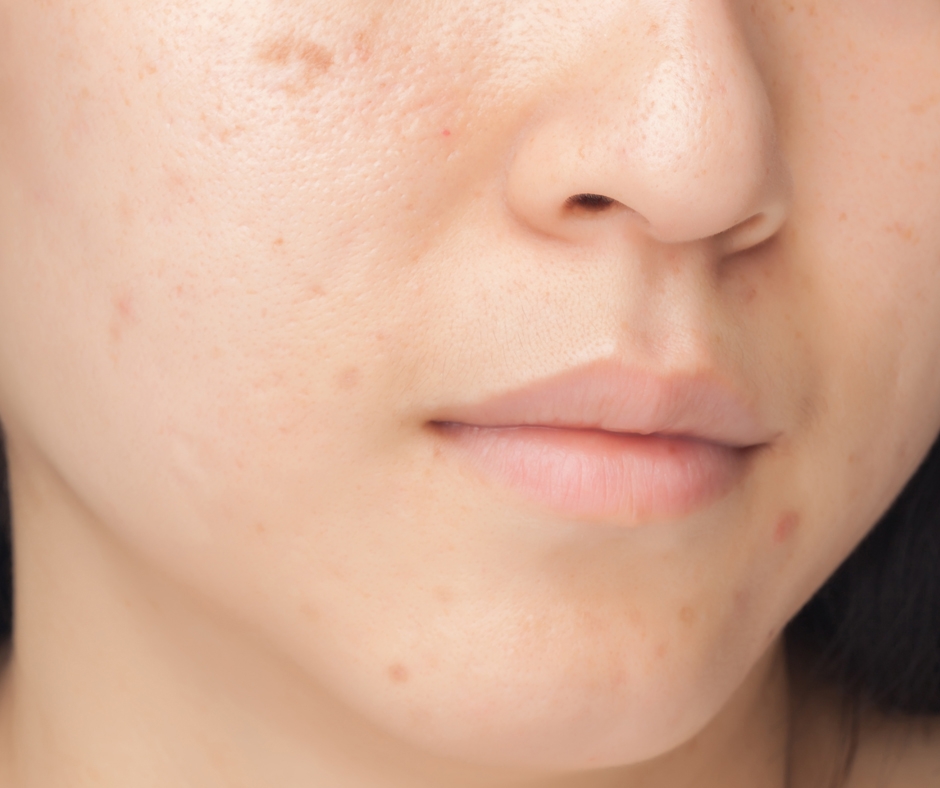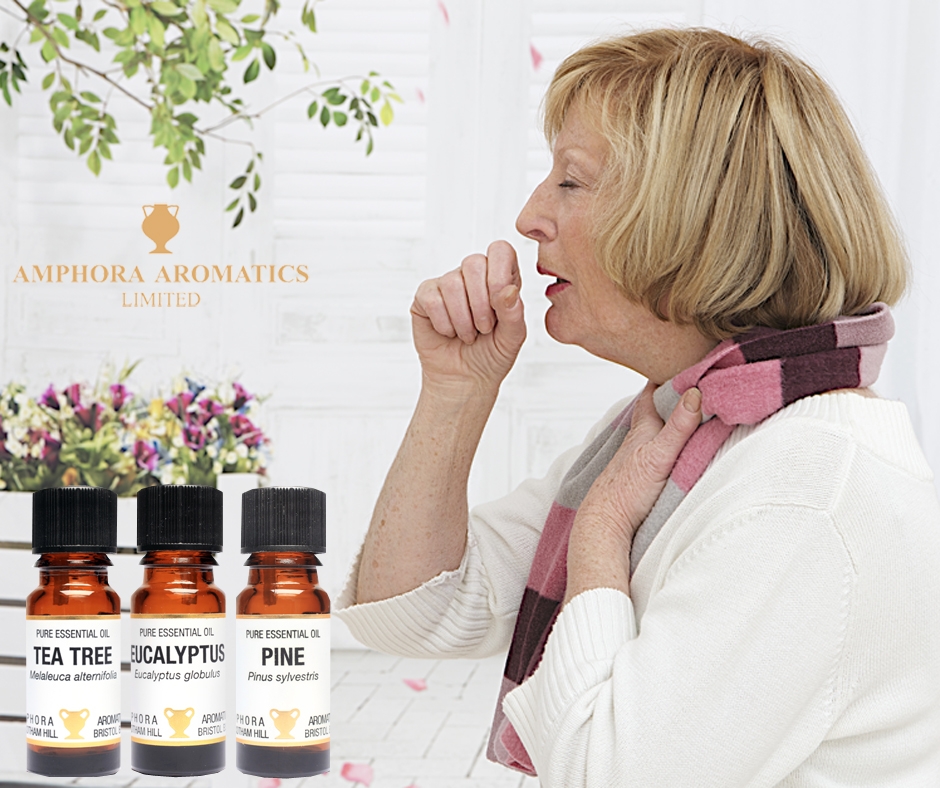Here’s the first blog from our in-house Aromatherapist Eugèny Couture. Eugèny will be using her experience to provide blends, tips and recipes as well as keeping you up to date with the latest developments from the wonderful world of Aromatherapy.
Hello and thank you for taking the time to read my blog. As the in-house Aromatherapist here at Amphora I’ll be keeping you up to date with all the latest developments from the Aromatherapy scene. I’ll also be offering some tips, advice and blends covering every aspect of Aromatherapy.
Before all of that I thought it would be a good idea to start with some basics. Read on to find out more about creating your own blends using pure essential oils.
When you begin to create your own blends it can often seem very complicated. The aim is to find a synergy of oils which is both efficient AND smells nice! Here are few tips which could help in the process – especially when you’re first starting to create your own blends:
- I would suggest that you don’t use more than 3 different oils per blend to begin with. “Less is more” is a very apt phrase in Aromatherapy and if you use only 3 oils to start with it’s a lot easier to keep the blend balanced and smelling good.
- Oils extracted from plants of the same botanical family usually go well together. For example, Lavender, Peppermint, Marjoram, Clary Sage & Rosemary are from the Lamiaceae family. It’s a good idea to put at least 2 oils from the same family in your blends. You can find more about the various plant families that the oils belong to on our Essential Oil pages.
Essential oils can be categorized in 3 olfactory groups:
High Notes - usually light, fresh and uplifting. Citrus oils often fall into this category.
Middle Notes – green and warm, often the herbaceous oils have this aroma note (Lavender, Sage etc).
Base Notes – heavy, deep & intense like those created from barks and resins. (Sandalwood or Frankincense for example).
If you’re using 3 oils, try to associate an oil of each of these families. Base notes are very deep and their fragrance will be smelt the longest so you want to put less drops of them in your blend than your top notes which are very light and volatile.
You can easily find tables classifying the oils on internet, but here are few common examples to give you an idea (not every source agrees on these classifications so you may find different versions of it during your research. This list is based on my years of experience of using these oils as well as my research).
BASE:
MIDDLE:
TOP:
If you keep these tips in mind you’ll be ready to hear the most important bit of advice I can give: nothing will ever replace your own judgment!
These are only guidelines to help you, not ultimate rules. You may find you’ve followed none of them but have created the best smelling blend ever. On the other hand, you may stick to this advice and end up with a blend you’re not so fond of! Most importantly of all, trust your own judgment when it comes to aromas. That is the best guide you could ever follow.



























